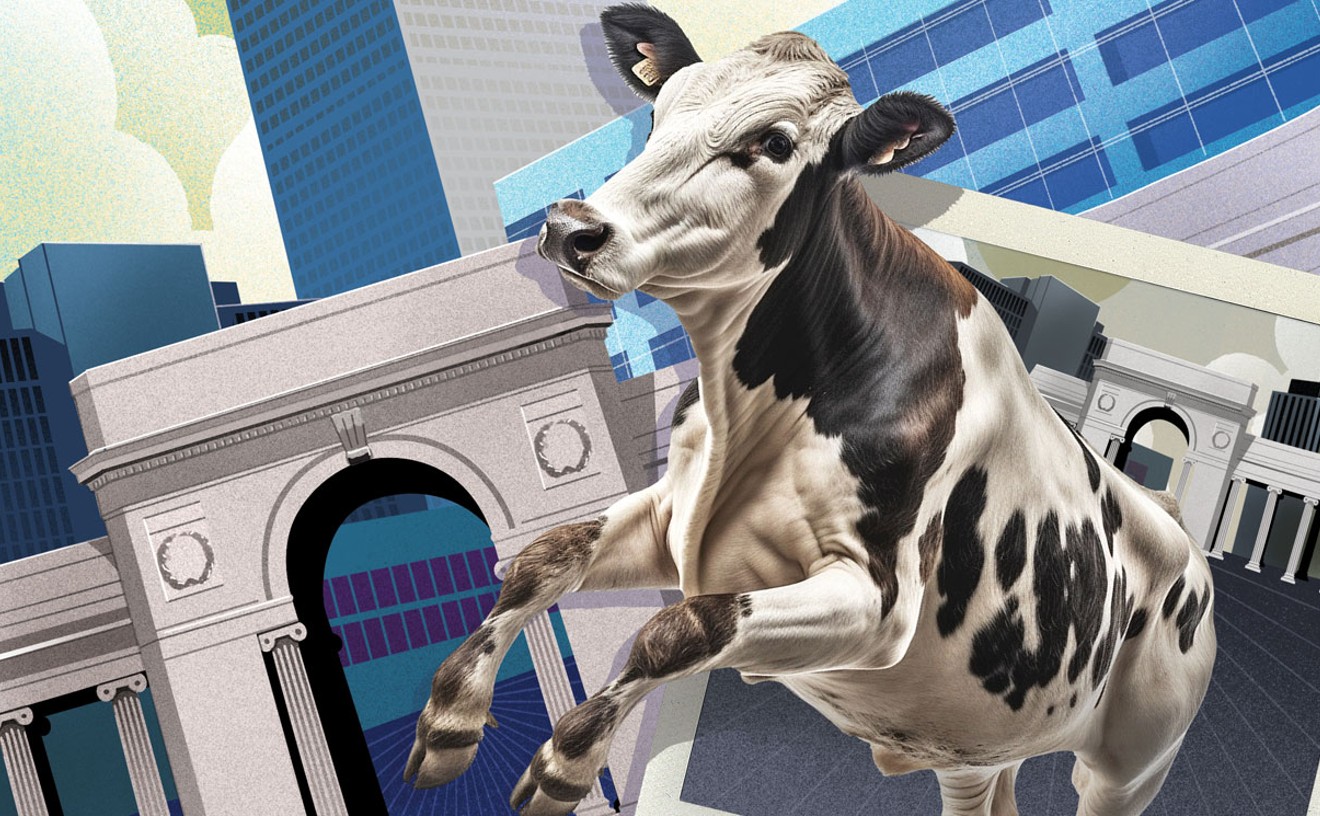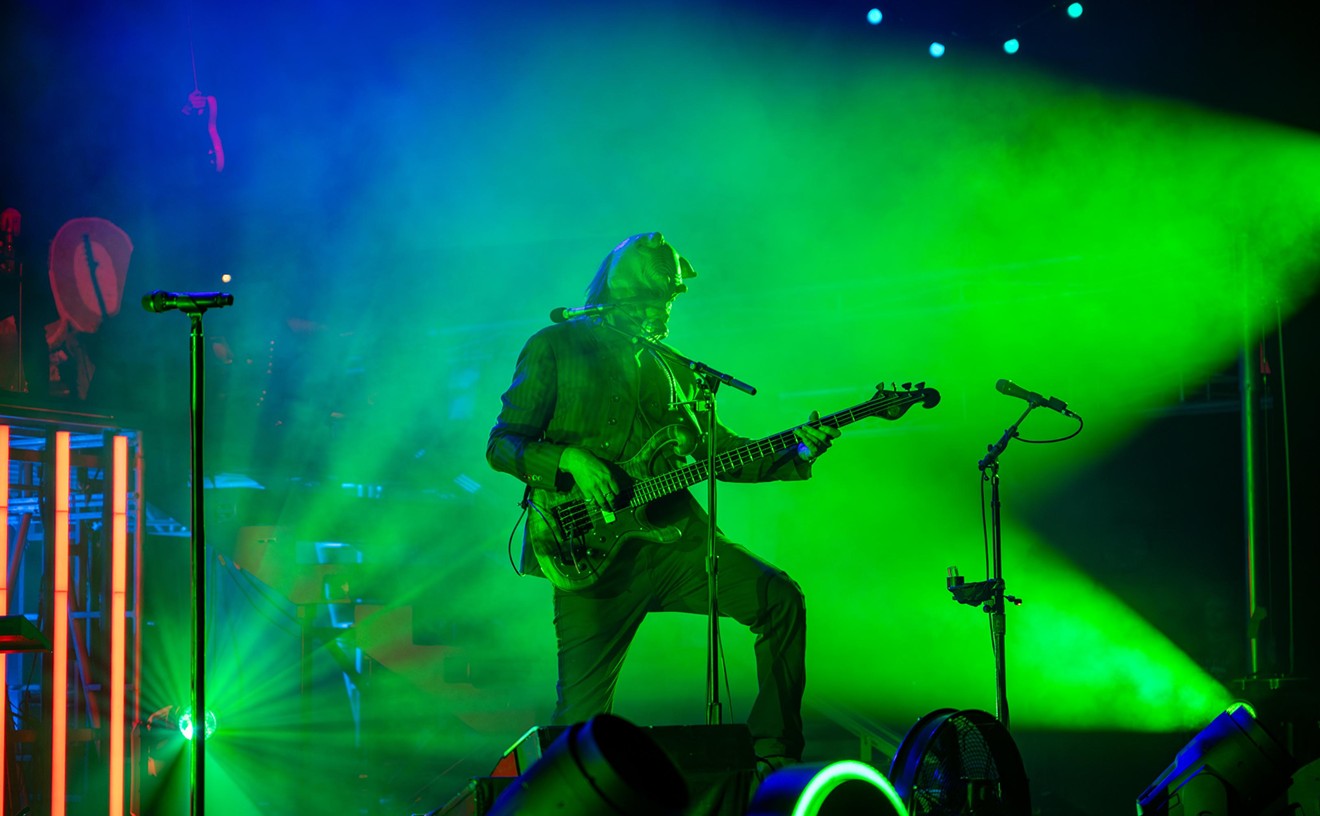If ever there were a perfect example of pure, fresh, classical simplicity unnecessarily trodden under with complications, it's Snow White and the Huntsman. Had it trusted the native charm of its cast and the sensory seduction of its often-astonishing images to humbly, naively retell its story, this Snow White might have been something special. Instead, it's defined by an overall bagginess that betrays a lack of any abiding authorial pattern.
Commercial director Rupert Sanders is credited with his first feature here, but producer Joe Roth's is the name above the title, and the rampant, pricey production design is given such star treatment that it's almost awkward when the actors butt in.
Things start off at a fleet pace, as opening exposition tells of the immaculate royal birth of Snow White, her mother's death, and the seduction of her father and conquest of his kingdom by mantis-like adventuress Queen Ravenna (Charlize Theron), who marries her way to the throne and then drives the king's threateningly fair daughter, grown-into Kristen Stewart, into exile. An unruly subject, Huntsman Eric (Thor's Chris Hemsworth), is sent into the Dark Forest to finish Snow off, while Prince William (Sam Claflin), who remembers the princess from her girlhood, likewise sets on her trail. Both are duly ensorcelled by Snow's charms, along with seven digitally dwarfed character actors (Toby Jones? Bob Hoskins? Ray Winstone?) whose appearances are basically a distracting game of "Oh, that's who that is!"
Last spring's competing Snow White film, Tarsem Singh's Mirror, Mirror, played the Grimm Brothers as camp, turning the evil queen, played by Julia Roberts, into a stock-comic character: the vain, aging diva, dictator of a royal court that was a tacky mishmash of opulent styles. Snow White and the Huntsman is a far graver treatment of the material. Theron's evil Queen is an apparent relation of Countess Elizabeth Báthory, the Hungarian noblewoman who, according to legend, bathed in the blood of virgin girls to retain her youth. The setting is a palpably lived-in late-medieval universe of scrofulous peasantry and pervasive under-the-fingernails murk and mire, where everything on screen has a conceivable use and looks used. The same detail applies to the fantasy aspects of Snow's world: The Dark Forest, a writhing tangle veined with bare-limbed branches, is alive with all things that slither and skitter, while a dulcet, flower-carpeted Eden called the Sanctuary is as vividly imagined.
Around the same age that they're usually hearing fairy tales for the first time, children have a tendency to compulsively ask "Why?" questions: Why wasn't Sleeping Beauty warned about the spindles? Why does the woodcutter let Hansel and Gretel's stepmother push him around? The script for Snow White seems to anticipate this sort of grilling and provides answers in spades. The result is a film that's considerably longer than it needs be, in which the evocative eloquence of storybook pictures is consistently garbled by the need to over-explain and psychoanalyze.
The Huntsman, we learn, was driven to drink by his wife's death. The evil queen was warped by a mother who taught her that beauty was her only attribute and by the misuse of fickle men. Amid all the film's visual ornamentation, there's no sense of narrative priority: The filmmakers can't see the Dark Forest for the trees.
Giving a fiery call-to-arms speech to a mass of assembled troops in a third act that has her essentially transformed into Joan of Arc, Stewart is miles outside her range, but she remains a great existential screen presence. There are a number of "supercuts" floating around YouTube which mockingly catalogue Stewart's mannerisms — the sideways glances, the lip gnashed with the Chiclet overbite — but what the compilers fail to recognize is that many of our finest classical film actors have made brilliant careers from a single, essential expression. If only this Snow White had Stewart's capacity to just be itself — or at least to know what it is.










